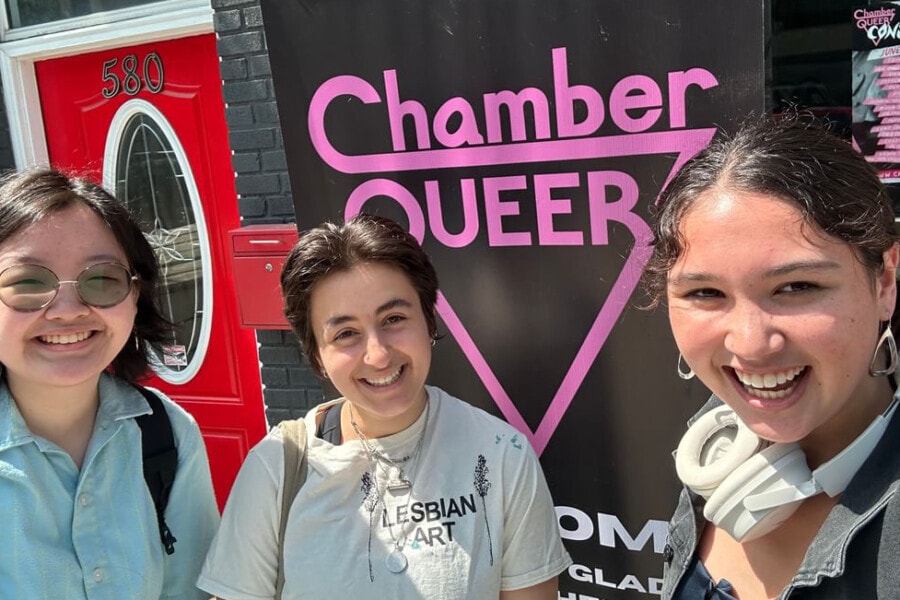From a tainted lullaby to a turbulent thunderstorm, the pieces on the program of The Nebula Project: Volume 1, Little Gems encompass many different themes and concepts. One observes the interstitial space between land and sea, while another delves into the personal grappling with identity.
Read on to hear more about where each composer found inspiration and join us for the performance on November 4.
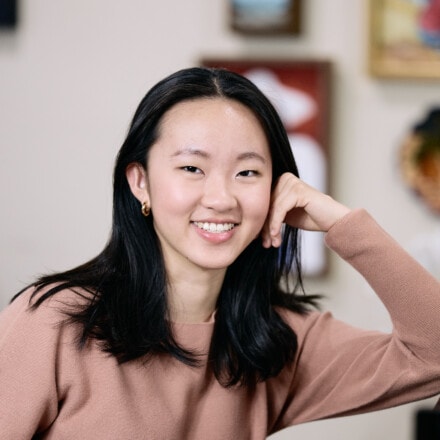
Lucy Chen: Solace in a Storm is a piece that holds a special place in my heart, as it was one of my first compositions. It was the heart of COVID-19 quarantine, and 16-year-old me was discovering how writing music could express and soothe myself. Bounded indoors during a hurricane season, I used the incessant rain and my boredom in isolation as inspiration for Solace in a Storm, a piece about relishing and persevering through “stormy” times in life to reach sunnier skies. I invite listeners to reflect on how Solace in a Storm might reflect certain times in their lives, as I wrote it to reflect on my own journey through the ups and downs of life.
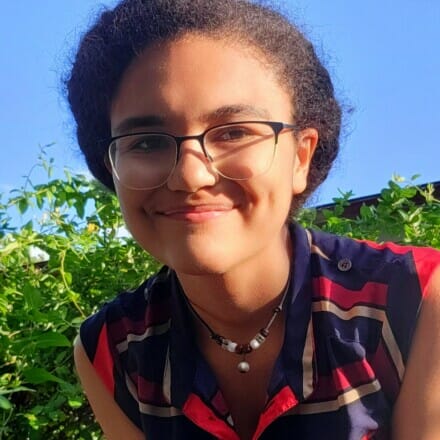
Alicia Erlandson: In my art songs Blue and Roses I experimented with motivic development and text setting. In Blue I deconstructed a set of text, taking an excerpt from a dictionary definition of a word and reconstructing it syllable by syllable as the piece goes on. All of the material is built from a melody written for the original lyric, and the piece builds itself together through the development of that melody. The audience should listen for the interplay between the flute and cello; and, in particular, how this interacts with the voice. These are two of the first art songs I wrote during my undergraduate study and I wanted them to feel like a trio rather than a voice with accompaniment.
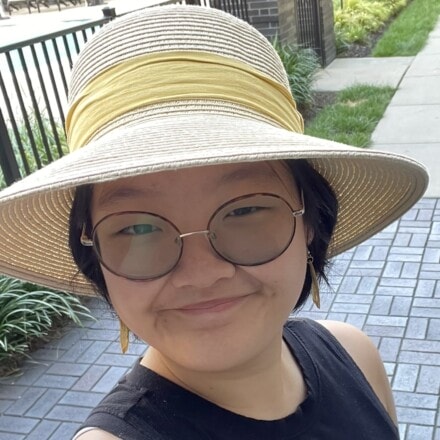
Devon Lee: Boy Breaking Glass is a piece I wrote while grappling with my identity. As a gender-nonconforming Asian American, it feels like my voice does not belong in the music world I’ve devoted my life to. In an absence of language that I can use to express myself, I want to create my own. Writing for tenor voice helped me share my experience, through Gwendolyn Brooks’s words, in a voice that feels like who I am. I wrote this piece for my past self, and for anyone who feels like they can only be represented in fragments, abstractions, and reflections.
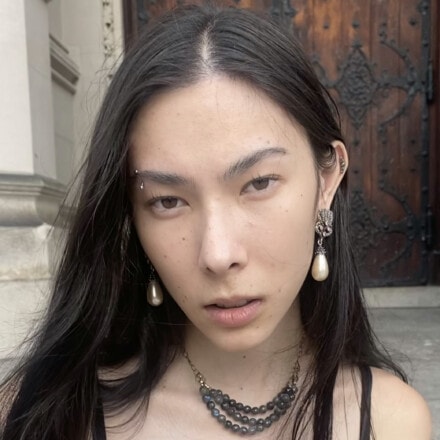
Jane Meenaghan: With First Word, I tried to transcribe a dream exactly as I experienced it. In the dream, I stood in a harbor with clouds swirling ominously overhead, enveloped by wind, hypnagogic carrier frequencies and industrial noise, and my heartbeat vibrating through the space. I wanted to immerse the audience directly in the sounds, unconceptualized, like a “field recording” of a place that cannot be visited. I deliberately tried to avoid making sense of what I was writing and tried to just play the role of a stenographer.
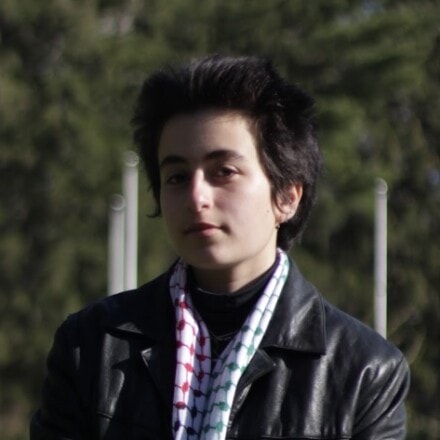
Lili M. Namazi: I began my commissioned piece with a musical idea that became the opening (and a motif throughout the whole thing), but I didn’t have a sense of where it would go from there. I was talking with a friend who mentioned this fungus—Armillaria ostoyae—that’s the largest living organism on Earth. I was inspired by the idea of thousands of tiny elements connecting into one living being, and it resonated with a lot of spiritual exploration I was doing at the time, particularly into Sufism. These natural and spiritual concepts also felt connected to the way I experience my queerness, which resonated with me because I was writing for ChamberQUEER.
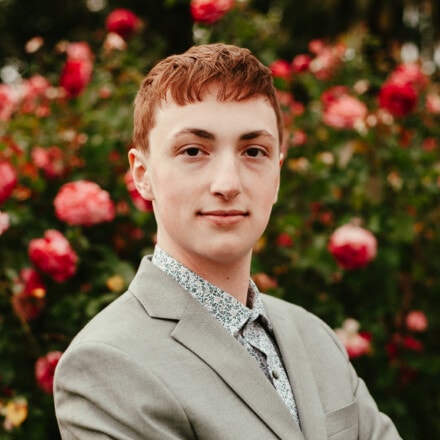
Caleb Palka: Interstitial’s text is an excerpt from “Monica” by Fatema Bhaiji: “The sea creeps to shore. The sirens go off every night.” These lines spoke to me because sirens can be found on land and sea, and in the interstitial space between. In mythology, sirens lure sailors towards dangerous rocks. In L.A., emergency vehicle sirens empty the road ahead. Air raid sirens, installed during the Cold War, have largely been abandoned, but in some parts of the country, are maintained as part of severe weather warning systems. Sirens draw attention—to warn or ensnare—and, in some cases, might be the last thing you hear.
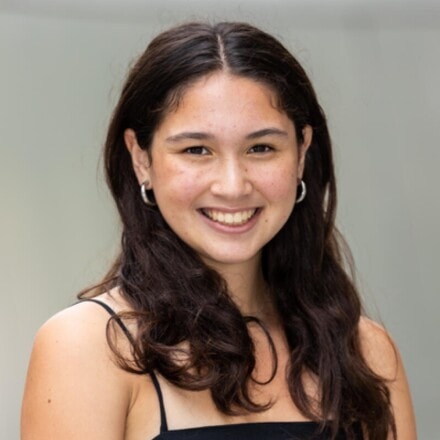
Sage Shurman: My commissioned piece, Wander, experiments with genre, structure, and perspective. If I had to describe it as one thing, I’d describe it like a tainted lullaby. However, the whole point of this piece is to not put ideas in a box, so maybe I shouldn’t have told you that! During Wander I would suggest that the audience pay attention to the difference between when the piece is in time and when the piece is out of time. I would also listen for moments that feel like the piece is “trying” to be in or out of time.

